Carbon fiber manufacturing involves the process of layering carbon fiber sheets, known as carbon fiber layup. This technique results in the creation of strong and lightweight components, which are essential in the production of various carbon fiber items. These components find applications in aircraft, automobiles, and sports equipment. There are two primary methods for carbon fiber manufacturing: wet lay-up and dry lay-up. Wet lay-up entails the manual application of resin, while dry lay-up utilizes pre-fabricated materials for enhanced precision.
Selecting the appropriate method is crucial. For instance:
-
Thin parts under 1.8mm require one overlap, with a length ratio (L/t) of 50 to 100.
-
Medium parts ranging from 1.8mm to 4mm necessitate two overlaps, with an L/t ratio of 30.
-
Thick parts exceeding 4mm demand a bevel overlap, with an angle between 6° to 8°.
Making the right choice in carbon fiber manufacturing ensures that your projects are both robust and efficient.
Key Takeaways
-
Carbon fiber layup makes strong, light parts for planes and cars.
-
Use wet lay-up for small, cheap projects; it’s simple for beginners and works for tricky shapes.
-
Dry lay-up is stronger and better for big projects but needs special tools and care.
-
Keep resin and fiber amounts equal for strong parts; aim for a 50/50 mix.
-
A clean area and good prep stop errors and make great carbon fiber parts.
Overview of Carbon Fiber Layup
What is Carbon Fiber Layup?
Carbon fiber layup means stacking carbon fiber sheets to make strong, light parts. Straight fibers are placed in a matrix to form layers. These layers are stacked one by one. Thermoset resins are used, shaped in molds, and hardened to make tough parts. You can pick from three main methods: Wet Lay-Up, Prepreg Lamination, or Resin Transfer Molding (RTM).
|
Aspect |
Details |
|---|---|
|
Cycle Time |
Can take 1 to 150 hours based on size and complexity. |
|
Fiber Arrangement |
Straight fibers are joined in a matrix and stacked layer by layer. |
|
Resin Type |
Thermoset resins are molded with reinforcement and hardened to make durable parts. |
|
Laminating Techniques |
Three main methods: Wet Lay-Up, Prepreg Lamination, and Resin Transfer Molding (RTM). |
Applications of Carbon Fiber Parts
Carbon fiber parts are used in many industries because they work well and are versatile. Examples include:
-
Aerospace: Used for body panels and frames in planes.
-
Automotive: Helps make brakes and nanotubes lighter and stronger.
-
Unmanned Vehicles: Lightweight parts improve air and ground vehicle performance.
-
Musical Instruments: Makes instruments stronger and sound better.
-
Robotics: Lightweight materials help make robots more efficient.
These uses show how carbon fiber is better than materials like steel and aluminum.
Key Benefits of Carbon Fiber Manufacturing
Making carbon fiber parts has many benefits. The material is light but very strong and stiff, perfect for tough jobs. For example, carbon fiber is twice as stiff as aluminum and five times stronger. It also lasts long and keeps its strength over time. Unlike aluminum, carbon fiber doesn’t weaken at notches or cuts.
In the 1960s, research showed PAN-based carbon fibers had a modulus over 140 GPa. This was much better than older materials. This discovery made carbon fiber popular in industries like aerospace and automotive, proving its great strength and performance.
Step-by-Step Guide to Wet Lay-Up
Materials and Tools for Wet Lay-Up
To do a wet lay-up, gather all needed items first. You’ll need carbon fiber fabric, resin, hardener, brushes, rollers, gloves, and mixing cups. Mix resin and hardener using the ‘double cup’ method. This helps avoid streaks and ensures an even mix. Keep resin thickness between 0.01-0.03 inches to stop cracks. Pick a hardener that matches how long you’ll work. Spread the resin quickly for even layers and no air bubbles.
Preparing the Mold and Work Area
Getting ready is very important for a good wet lay-up. Make sure your workspace is clean and organized. Keep all tools and materials close by. Cut the carbon fiber fabric ahead of time and place it nearby. Weigh the resin and cover it until you’re ready to mix. Coat the mold with a release agent so the material won’t stick. For small projects, two people are enough. Bigger jobs need more help, about one person per 1.5 square yards.
Tip: A clean workspace and prepared mold save time and prevent mistakes.
Applying Resin and Layering the Carbon Fiber
Start by brushing, rolling, or spraying resin onto the mold. Let the resin sit until it’s sticky but not fully dry. Place the first carbon fiber layer carefully into the mold. Make sure it fits the mold’s shape. Add more resin on top and use a roller to push out air bubbles. Repeat these steps for each layer, keeping the resin even.
Wet lay-up is affordable and great for beginners. It’s done by hand, so it works well for small projects. But you must be careful to avoid mistakes like uneven layers or trapped air.
Consolidating Layers and Removing Air Bubbles
To make a strong wet lay-up, remove air bubbles carefully. Air bubbles can weaken the part, so get rid of them. Brush away visible bubbles as they show up on the surface. Keep brushing until the surface is smooth and even. Use a roller or squeegee to press the layers together. This helps the resin stick and pushes out trapped air and wrinkles.
Spread the resin quickly and evenly over the surface. Mix resin using the ‘double cup’ method to avoid streaks and bubbles. Pick a hardener that matches your working time. This gives you enough time to fix mistakes before the resin hardens.
The fabric you use is important too. Fine fabrics can trap air, so use medium-weight peel ply for a better finish. Don’t press the layers too hard, as this can ruin the material and make it weaker. Follow these steps to create a strong and lasting carbon fiber part.
Tip: Take your time and work carefully. Good consolidation makes a smooth finish.
Curing and Finalizing the Wet Lay-Up
Curing is the last step in making a wet lay-up. Plan ahead and have all materials ready before starting. This helps you work faster and keeps the process smooth. Keep the resin layer between 0.01-0.03 inches thick. This stops cracks from forming during curing.
After pressing the layers, let the resin cure at room temperature or in a controlled space. The curing time depends on the resin and hardener you use. Some resins need heat to harden fully. If needed, use a heat lamp or oven to speed it up. Watch the curing process to avoid overheating, which can harm the material.
When curing is done, check the part for flaws. Cut off extra material and sand the edges to make it neat. A well-cured wet lay-up is strong, light, and looks great.
Note: Always follow the resin maker’s instructions for curing times and heat levels.
Step-by-Step Guide to Dry Lay-Up
Materials and Tools for Dry Lay-Up
For a dry lay-up, gather the right tools and materials. Prepreg carbon fiber is the main material. It already has resin in it, making work easier. The resin hardens only with high heat, ensuring strong parts. You’ll also need a mold, release spray, vacuum bagging supplies, and a heat source like an oven.
Prepreg carbon fiber is made in factories under strict conditions. Factories add resin to carbon fiber fabric and partly cure it. This makes it easier to handle. The material is kept cold to stop it from fully curing. When ready, heat is used to finish curing. This method is precise and great for high-quality projects.
Tip: Keep prepreg materials in a cold place to keep them usable.
Preparing Prepreg Carbon Fiber
Getting ready is very important for dry lay-up success. Prepreg lamination involves rolling dry fiber through resin, controlling how much resin is added. Factories heat the material to start curing, then cool it quickly so it’s not sticky.
Before starting, clean and organize your workspace. Cut the prepreg material to fit your mold. Peel off the backing from one side before using it. The resin should feel sticky but not too much, so it’s easy to place. Good preparation helps the material stick well and work properly during curing.
Note: Be gentle with prepreg materials to avoid ruining the resin.
Layering and Aligning Prepreg Material
Placing prepreg materials needs care. Start by pressing the edges into the mold’s corners. Use a stick to press it down properly. Add more pieces to fully cover the mold. Don’t leave the backing between layers, as it can weaken the part.
After the first layer, remove air with a process called debulking. This step helps the material stick better. For straight fibers, place them side by side without overlaps. If overlaps are needed, follow the maker’s instructions. Careful layering and alignment make strong and even parts.
Tip: Work slowly to avoid wrinkles and trapped air.
Vacuum Bagging and Consolidation
Vacuum bagging is an important step in dry lay-up. It helps the carbon fiber layers stick together properly. This makes the composite strong and even. First, place the carbon fiber prepreg into the mold. Cover it with peel-ply to stop resin from sticking to the bag. Add a breather cloth on top to let air flow to the vacuum pump. This setup controls extra resin and spreads pressure evenly.
Next, seal the mold using a vacuum bag. You can use a household or professional vacuum to remove air. Keep the vacuum level around 20%. Too much vacuum can weaken the part or ruin the surface. As air is removed, the layers press together tightly. This removes gaps and improves the bond between resin and fibers.
Vacuum bagging is also helpful for wet lay-up projects. It spreads resin evenly and reduces air bubbles. This step improves the quality of the composite, making it stronger and longer-lasting.
Tip: Check the vacuum pressure often to avoid mistakes.
Curing in an Oven or Autoclave
Curing is the last step in dry lay-up. Heat is used to harden the resin and finish the composite. For small projects, a regular oven works well. Preheat the oven to the temperature listed by the resin maker. Put the sealed mold inside and let it cure for the right time. This method is cheap and good for simple parts.
For advanced projects, an autoclave is better. It uses heat and pressure to make high-quality composites. The autoclave fixes problems like low fiber content in basic methods. It pushes resin fully into the fibers, making the part dense and strong. This method is common in aerospace and car industries, where strength matters most.
Both curing methods work well if done right. Always follow the resin maker’s instructions for heat and time. Proper curing makes the composite as strong and durable as possible.
Note: Don’t overheat during curing, as it can harm the resin and weaken the part.
Comparison of Dry vs Wet Techniques
Differences in Process and Materials
Wet and dry lay-up methods use different steps and materials. Wet lay-up involves adding resin by hand to dry carbon fiber fabric in a mold. Tools like brushes or rollers remove air bubbles before curing at room temperature or with heat. Dry lay-up uses prepreg carbon fiber, which already has resin in it. This resin cures in an oven or autoclave for better strength.
|
Aspect |
Wet Lay-Up Method |
Dry Lay-Up Method |
|---|---|---|
|
Process |
Resin applied manually to dry fabric |
Prepreg fabric with resin already added |
|
Material |
Uses epoxy, polyester, or vinyl ester resin |
Factory-made prepreg with fewer flaws |
|
Final Product Weight |
Heavier due to air bubbles |
Lighter (up to 60% lighter) and stronger |
|
Durability |
Less durable due to manual resin application |
Stronger and more durable |
Advantages and Disadvantages of Wet Lay-Up
Wet lay-up is cheaper and uses simple tools. It’s good for making complex shapes. But it has downsides. The fiber-to-resin ratio is lower, making parts weaker. Resin applied by hand can be uneven, causing quality issues. Wet lay-up also creates more waste and mess during work.
|
Advantages |
Disadvantages |
|---|---|
|
Costs less |
Weaker parts due to low fiber-to-resin ratio |
|
Good for complex shapes |
Uneven resin application affects quality |
|
|
Creates more waste and mess |
Tip: Apply resin evenly and cure properly to avoid cracks or bubbles.
Advantages and Disadvantages of Dry Lay-Up
Dry lay-up makes high-quality parts with consistent resin distribution. Prepreg materials create lighter and stronger products with fewer flaws. It’s great for industries needing durable parts, like aerospace. But it costs more because of special tools like ovens or autoclaves. Prepreg materials also need cold storage, adding extra steps.
|
Advantages |
Disadvantages |
|---|---|
|
Strong and lightweight parts |
Higher costs for tools and storage |
|
Fewer imperfections |
Requires controlled storage for prepreg materials |
Note: Keep prepreg materials cold to prevent curing before use.
Picking the Right Method for Your Project
Choosing the best carbon fiber lay-up method depends on your project. Each method has its own benefits. Knowing your goals helps you decide.
1. Understand Your Project Goals
Think about what your carbon fiber part will do. Ask these questions:
-
Does it need to be light and strong?
-
Will it handle stress or tough conditions?
-
Is cost or accuracy more important?
For example, if you’re making a small, low-cost part, wet lay-up is a good option. But for high-performance parts in aerospace or cars, dry lay-up is stronger and more precise.
2. Check Your Tools and Materials
The tools you have matter too. Wet lay-up uses simple tools like brushes and rollers. This makes it easier for beginners. Dry lay-up needs special tools like vacuum bags and ovens. If you don’t have these, wet lay-up is a better choice.
Tip: Beginners should try wet lay-up first to learn the basics.
3. Think About Time and Efficiency
Wet lay-up needs less setup but takes longer to cure. Dry lay-up is faster to layer but needs careful handling and controlled curing. Pick the method that fits your schedule.
|
Factor |
Wet Lay-Up |
Dry Lay-Up |
|---|---|---|
|
Cost |
Cheaper |
More expensive |
|
Equipment Needed |
Simple tools |
Special tools |
|
Strength and Quality |
Good |
Excellent |
By looking at these points, you can pick the best method for your project.
Tips and Best Practices for Lay-Up Success
Getting the Right Resin-to-Fiber Ratio
The resin-to-fiber ratio is very important. It helps make strong and light composite parts. A good balance lets resin soak into fibers without adding extra weight. Most projects need a 50/50 ratio. This means 207 grams of resin for 207 grams of fiber. For more flexible parts, use a 40/60 ratio. That’s 310.5 grams of resin for 207 grams of fiber. For stiffer parts, try a 60/40 ratio. Use only 138 grams of resin for 207 grams of fiber.
Weigh materials carefully with a digital scale. Spread resin evenly to avoid dry spots or puddles. Use a brush or roller to help resin soak into fibers. The right ratio makes parts stronger and reduces waste.
Tip: Follow the resin maker’s instructions for the best results.
Avoiding Common Mistakes in Carbon Fiber Work
Mistakes can weaken your composite and cause problems. Avoid these common errors:
-
Too Much Pressure: Pressing too hard squeezes out resin, leaving dry fibers. Use light pressure to keep the right resin-to-fiber ratio.
-
Air Bubbles: Air weakens the part. Use a roller or vacuum bag to remove bubbles.
-
Wrong Materials: Pick fabrics like medium-weight peel ply to let air escape.
-
Skipping Steps: Always follow proper steps to keep quality high.
Plan ahead and keep tools nearby. This saves time and avoids mistakes.
Keeping Your Workspace Clean and Safe
A clean workspace is key for making good carbon fiber parts. Dirt and dust can ruin the resin bond and weaken your part. Follow these safety tips to stay safe and work better:
|
Safety Tip |
What to Do |
|---|---|
|
Wear Protective Gear |
Use gloves and sleeves to protect your skin and keep materials clean. |
|
Use a Mask |
Wear a mask when working with strong-smelling resins. |
|
Store Chemicals Safely |
Keep chemicals like MEKP in cool places, away from fire risks. |
|
Protect Your Feet |
Wear steel-toed shoes when handling heavy tools. |
Clean tools and your workspace often to avoid resin buildup. Throw away waste properly to prevent accidents. A safe and clean area helps you make better carbon fiber parts.
Note: Safety first! Protect yourself and your work.
Ensuring Consistency in Carbon Fiber Parts
Making carbon fiber parts the same every time is important. It ensures they are strong, durable, and work well. To do this, follow clear steps during the lay-up process.
First, get your tools and materials ready. Use good-quality carbon fiber fabric and the right epoxy. Measure resin and hardener carefully with a digital scale. This keeps the mix correct for even results. Whether using wet or dry lay-up, start with accurate measurements.
Next, focus on layering the fabric. Place each layer neatly to avoid wrinkles or overlaps. Wrinkles can make parts weaker, and overlaps can cause uneven thickness. Use a roller or squeegee to press layers and remove air bubbles. This helps the fabric stick well to the epoxy.
Keep the temperature steady while curing. Changes in temperature can ruin the epoxy’s strength. If using an oven or autoclave, follow the maker’s heat and pressure instructions.
Lastly, check your work often. Look for problems like dry spots, bubbles, or uneven resin. Fix these issues right away to avoid ruining the part. Paying attention to details ensures your parts are consistent and high-quality.
Tip: Write down your steps, resin amounts, and curing details. This helps you repeat good results in future projects.
Picking between wet and dry lay-up depends on your project. Wet lay-up is cheaper and easier, great for beginners or small tasks. Dry lay-up is stronger and more precise, ideal for advanced projects needing high-quality parts.
Here’s a simple comparison to guide you:
|
Feature |
Dry (Pre-preg) Carbon Fiber |
Wet Carbon Fiber |
|---|---|---|
|
Weight |
Much lighter |
Heavier |
|
Strength |
Strong and durable |
Weaker with air pockets |
|
Cost |
Very expensive |
Budget-friendly |
|
Manufacturing |
Pre-made resin layers |
Resin added by hand |
|
Appearance |
Matte or dry look |
Glossy and shiny finish |
|
Consistency |
Few flaws |
More likely to vary |
Choosing the right method helps meet your project’s needs. Try both techniques to improve your skills. Over time, you’ll make strong and well-designed carbon fiber parts.
Tip: Begin with hand lay-up to learn before trying advanced methods like resin infusion.



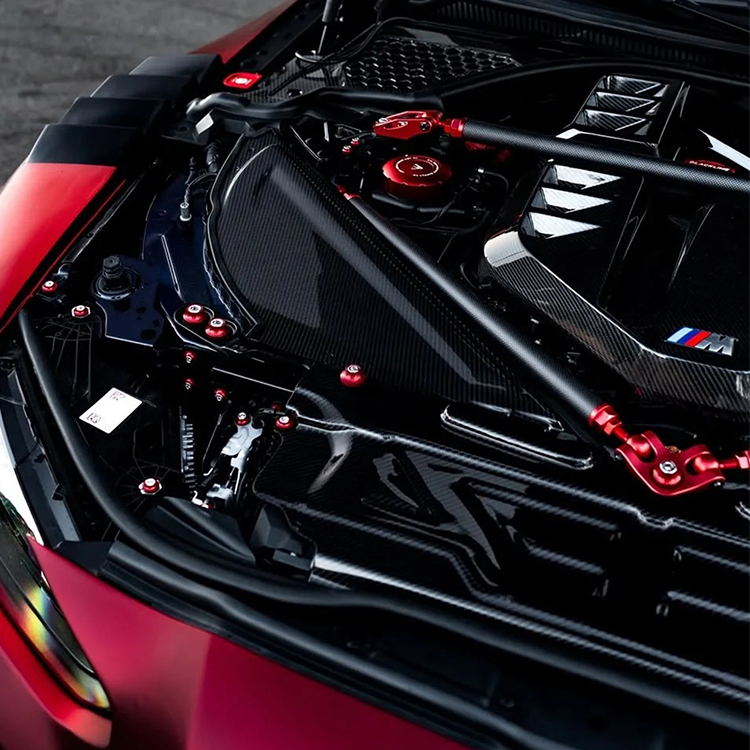

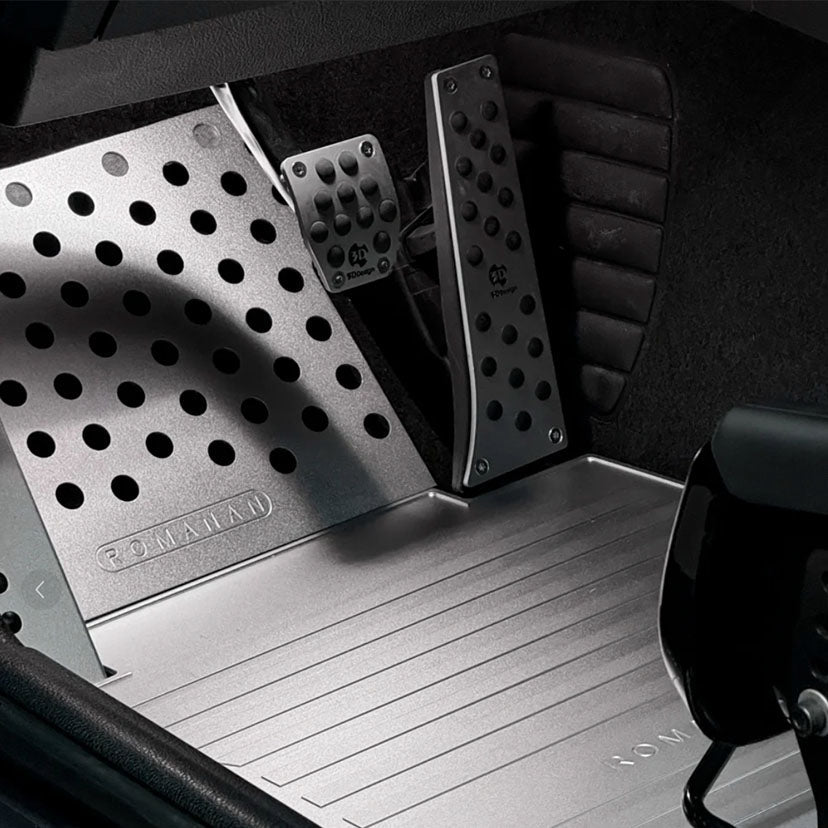


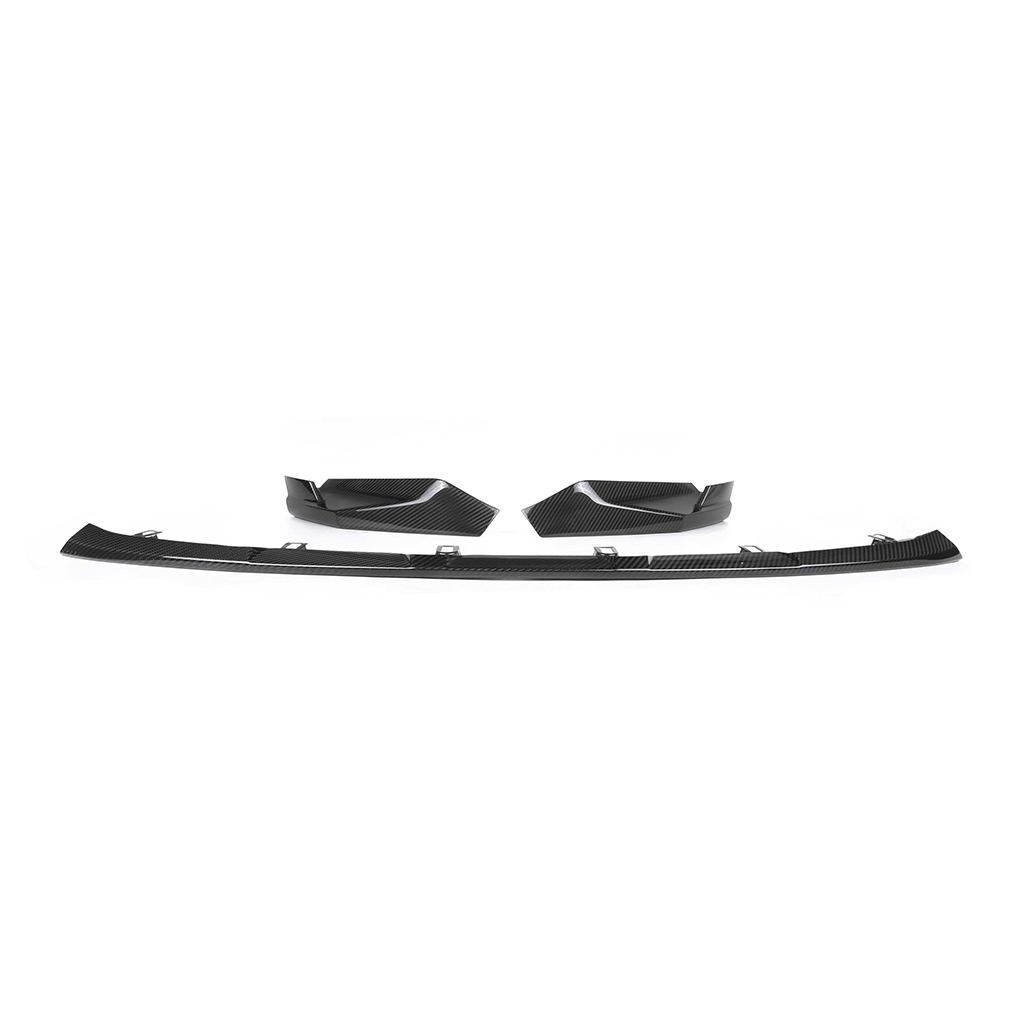
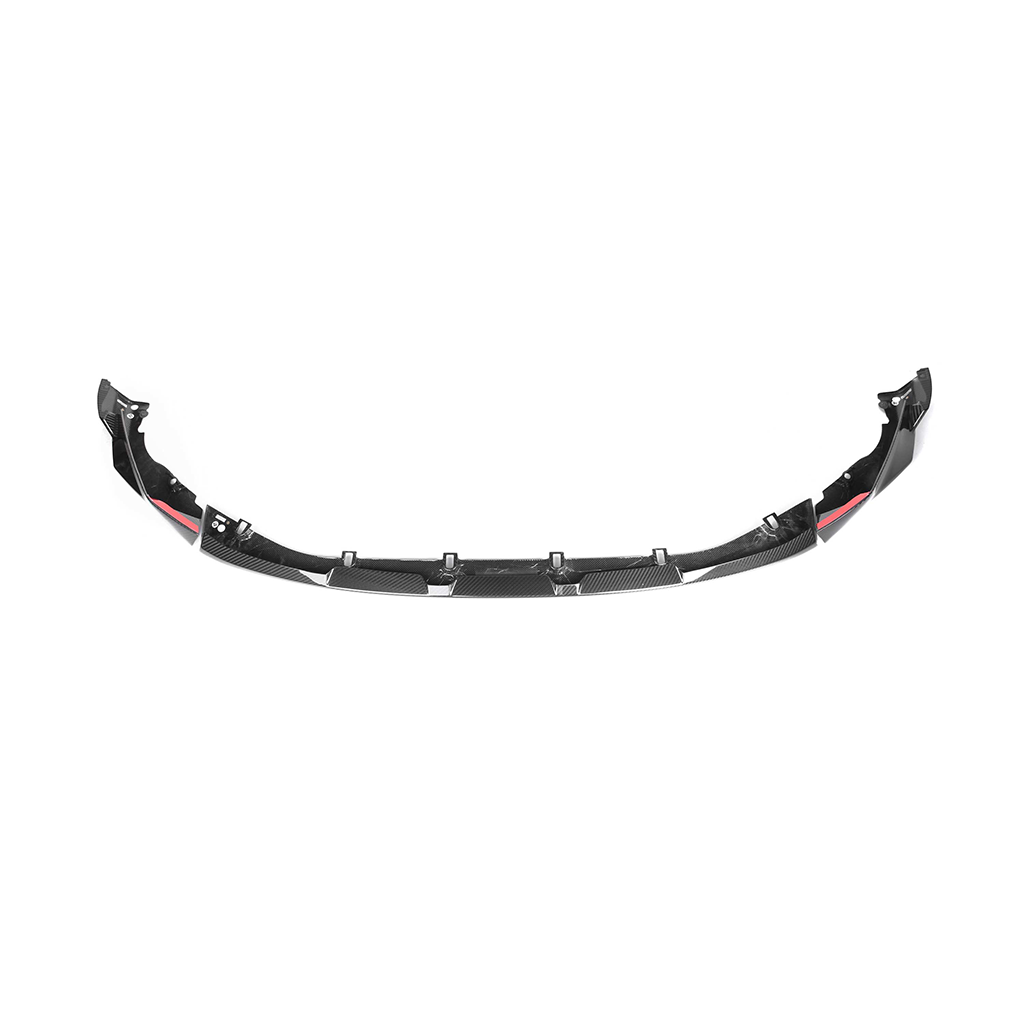
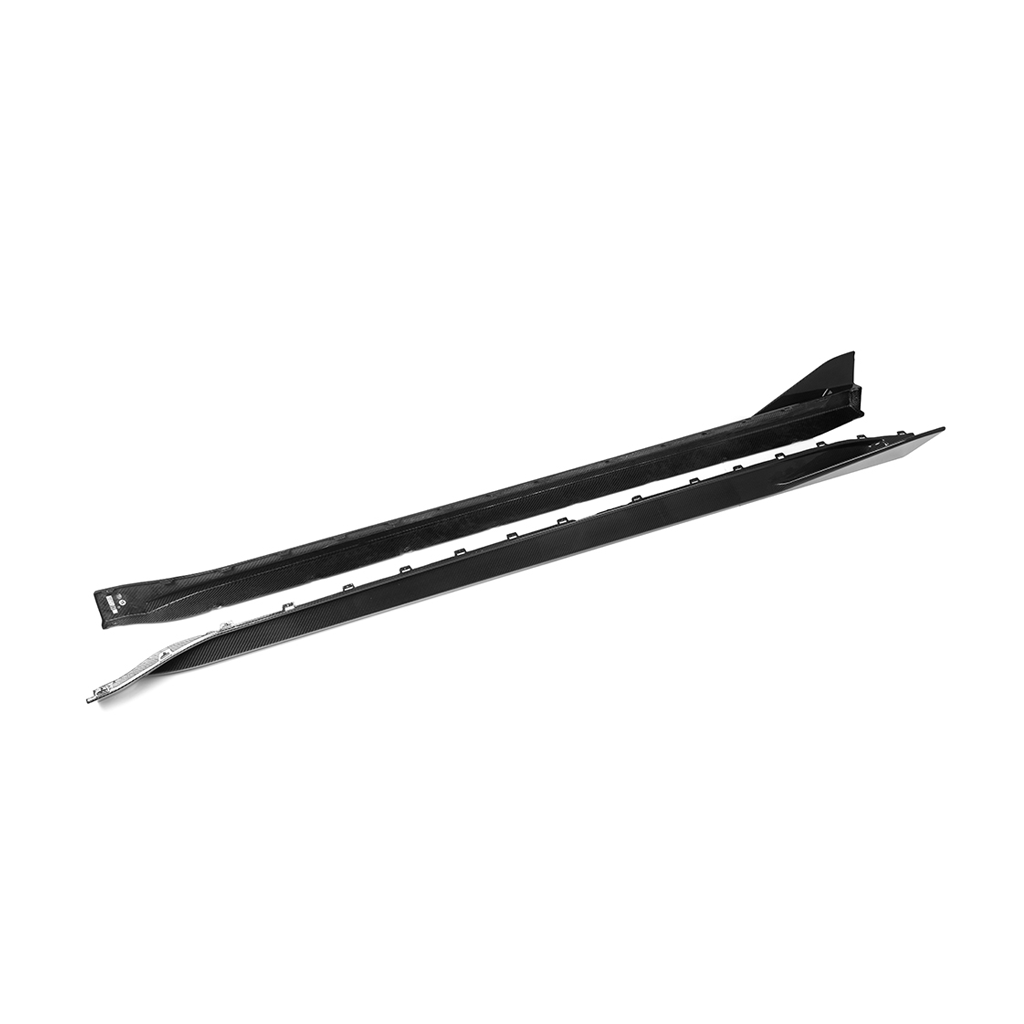
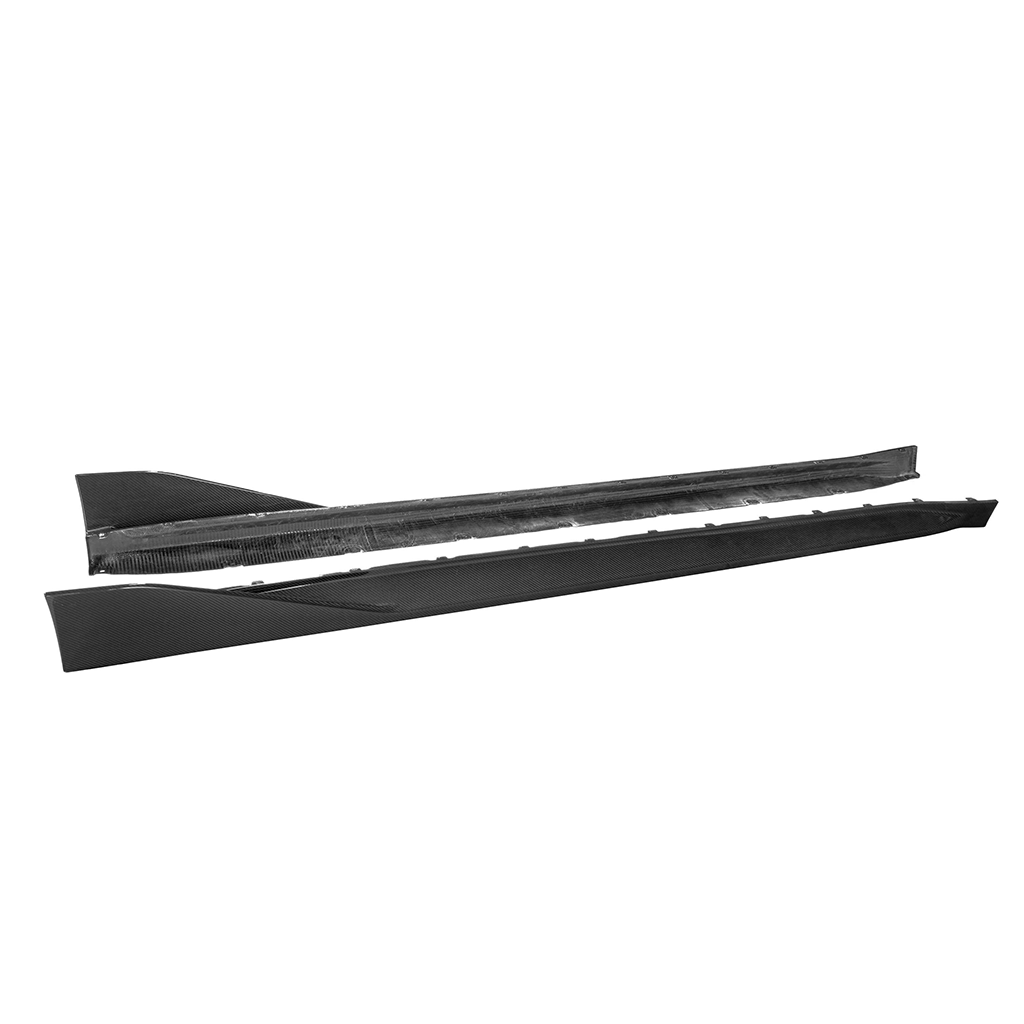
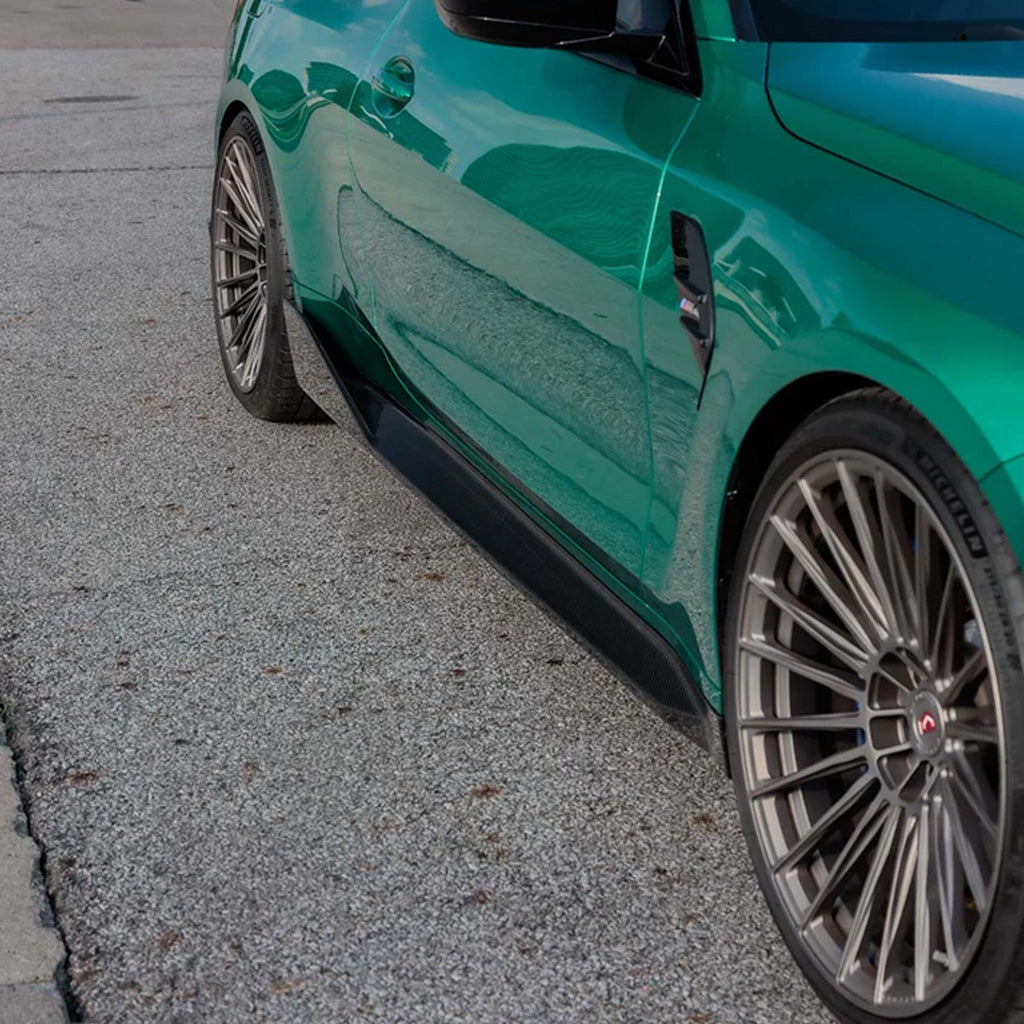



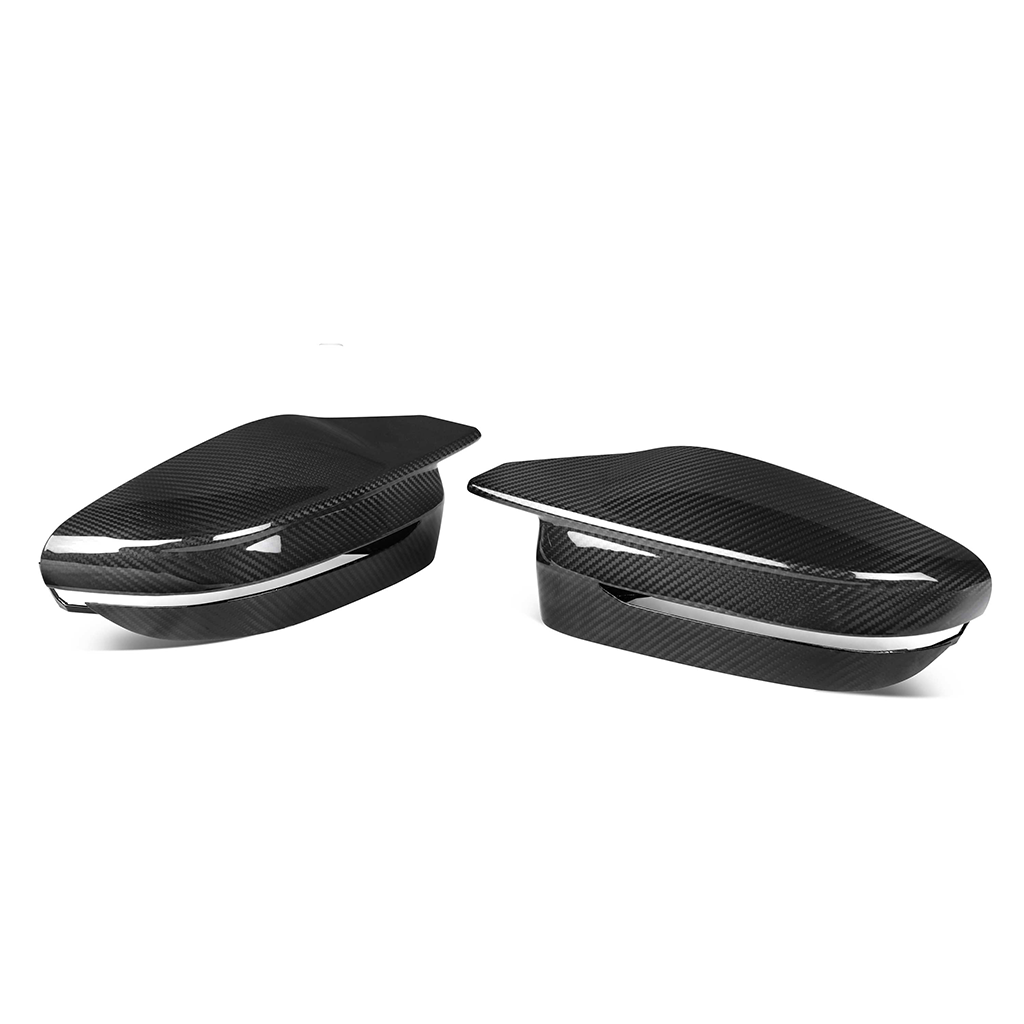
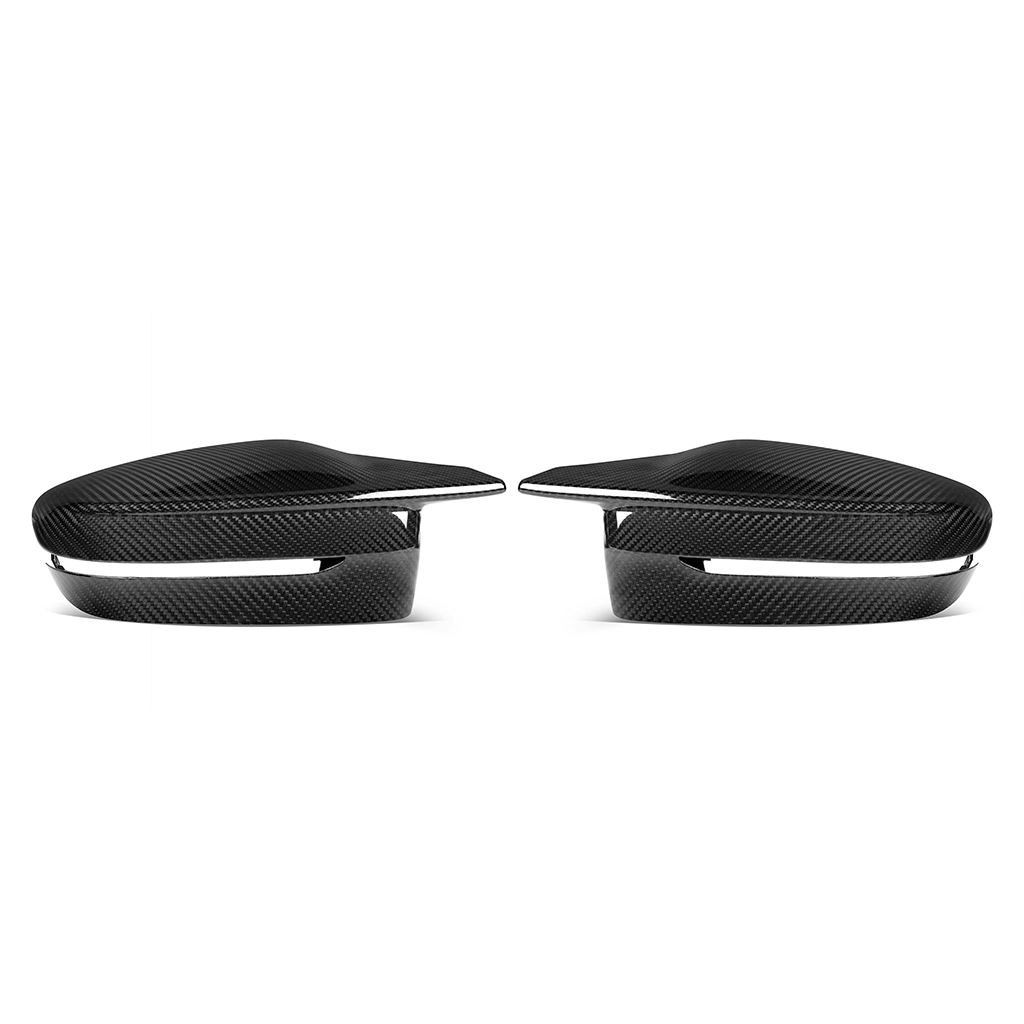
Share:
What Makes Dry Carbon Fiber Surface Finishes Unique Compared to Wet
Carbon Fiber Curing Trends to Watch in 2025